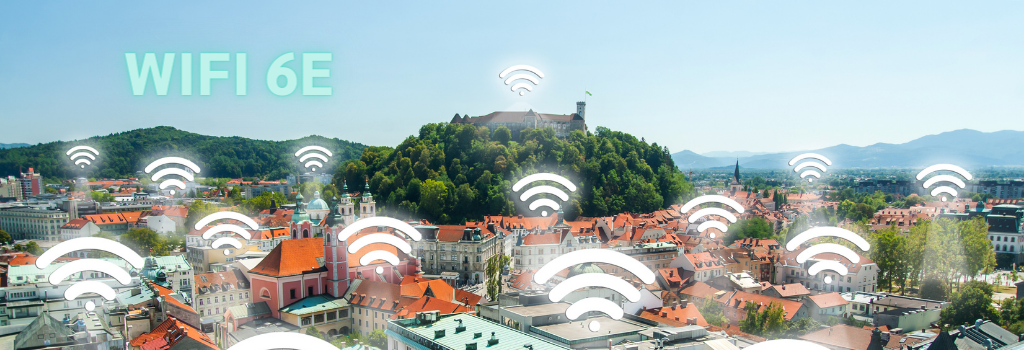Eagle-Lanner tech blog
- Информация о материале
- Автор: Catherine Williams
Cellular networks have been evolving for the last two decades, growing from 1G to 4G, and global telecom networks are now gradually heading towards 5G. In order to unleash the full potential of 5G, which encompasses faster speed, enhanced bandwidth, numerous connected devices, and more reliable low latency communication, there is a demand for building a secure telecom ecosystem. 5G has the potential to reduce OpEx and CapEx, increase agility, and foster a diverse ecosystem to support innovation. Security, interoperability, performance, and compliance will be the focus of a robust 5G system roll-out.
Подробнее: Transforming Next Generation 5G Infrastructure with Open RAN Solutions
- Информация о материале
- Автор: Catherine Williams
The benefits of digitalization include increasing production efficiency and expanding tactical regionalization, and most importantly it opens the possibilities for developing new products and technology for new untapped verticals. The versatility of edge network appliances provides new opportunities for innovation, especially given its flexible ability to be deployed in varying environments.
Подробнее: Importance of NEBS and IP67 Network Appliances for 5G and the Edge
- Информация о материале
- Автор: Super User
The vehicle industry is already working hard to fulfill its customer’s demand for more comfort, safety, and vehicle assistance. The industry is also struggling to adapt to customer trends, like hyper-connectivity, automation, and customization.
- Информация о материале
- Автор: Catherine Williams
It’s natural to assume that computer clocks in servers, workstations, and network devices, each with its own clock, are inherently accurate, but that may not always be true. In modern computer networks, time synchronization is critical because every aspect of managing, planning, securing, and debugging a network involves determining when events happen, and when poor synchronization happens, the result can be missed call handovers, capacity reductions, and network down time. Especially now with the proliferation of 4G and 5G networks, in addition to multitude of applications, all require greater accuracy.
Подробнее: Importance of IEEE 1588v2 Precision Time Protocol for 5G Networks
- Информация о материале
- Автор: Catherine Williams
Developed in the 1990s, the Purdue Model, formally the Purdue Reference Architecture (PERA), is a reference data flow structural model for industrial control system (ICS) security, concerning physical processes, sensors, supervisory controls, operations, and logistics. Purdue Reference Model, provides a model for enterprises where end-users, integrators, and vendors can collaborate in integrating applications at key layers of the enterprise network and process infrastructure.
- Информация о материале
- Автор: Catherine Williams
The Radio Access Network (RAN) is an expensive, proprietary equipment that connects to cellular antennas, processes the signals and sends it to the core network. Service providers, who needs to stay agile to meet the growing demands of enterprise and consumers, find RANs to be a bottleneck and are moving to Open RAN and vRANs to reduce costs.
Подробнее: New Distributed Unit (DU) Solutions: 5G Open RAN & Virtual Cell Site Router
- Информация о материале
- Автор: Catherine Williams
The demand for more agile and secure Wi-Fi connectivity continues to grow as organizations cope with increasing numbers of client and IoT devices connecting to their networks, astronomical amounts of data generated and demanded, such as for bandwidth-hungry video streaming, and speeding up their transition to the cloud – all requiring significant bandwidth to move efficiently. Wi-Fi 6E, an expansion of the Wi-Fi 6 standard, allows access to the 6 GHz frequency band providing room for growth with wider channels for low latency.












